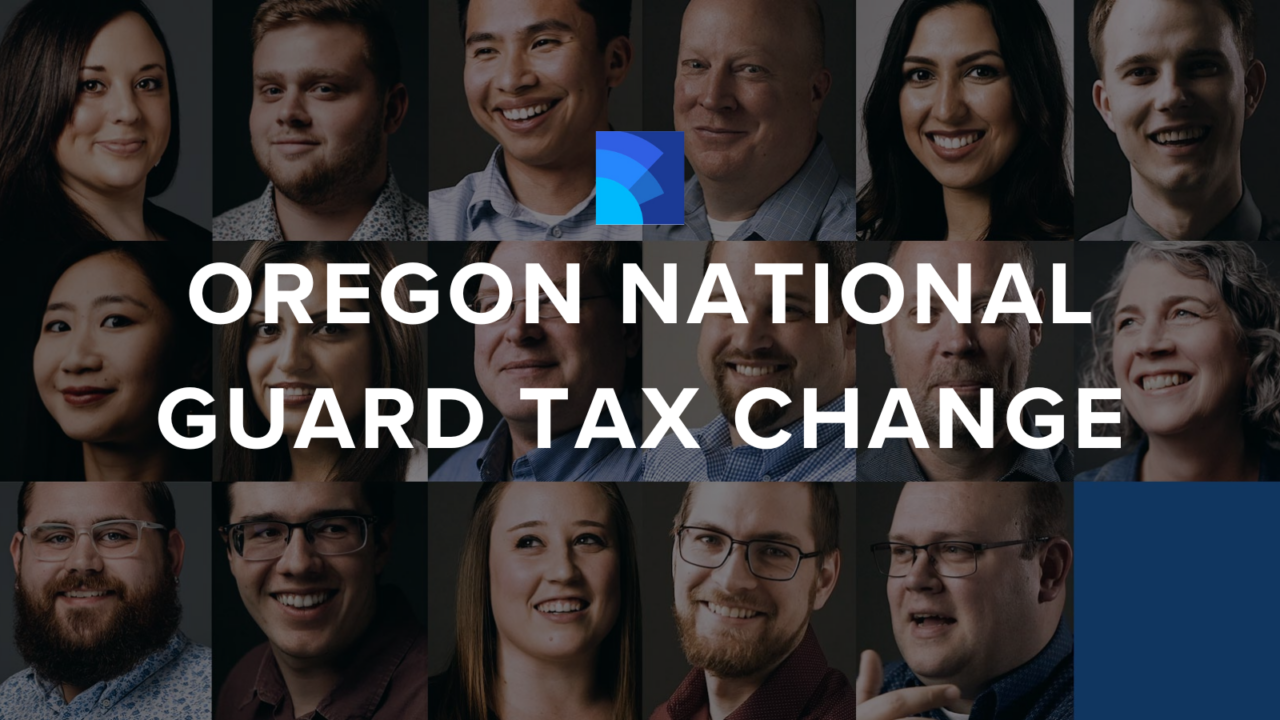It has been more than a year since the Republican-controlled Congress passed the first major overhaul of the U.S. tax system in three decades, and the construction industry is continuing to see the benefits of the Tax Cuts and Jobs Act.
In September 2018, Larry Lopez, president and CEO of Green JobWorks, a construction staffing service based in Baltimore, testified before the U.S. House Small Business Subcommittee on Economic Growth, Tax and Capital Access on the benefits his business has seen because of tax reform, including opening a second office, implementing new technology, and expanding the firm’s demolition and cleaning divisions.
“Most importantly, we’ve reinvested in our employees by giving annual raises, creating new leadership positions and expanding on-the-job education opportunities,” Lopez stated in his testimony.
From the law’s corporate tax cut, to the 20 percent deduction under section 199A for pass-through entities that helps level the playing field for small businesses, to encouraging purchases of new equipment to grow and build businesses through the increase of the first-year bonus depreciation, to the temporary relief from the alternative minimum tax and doubling of the estate tax exemption, these improvements continue to provide the U.S. construction industry with the economic freedom and global competitiveness needed to grow and thrive.
Toward the end of 2018, the hourly wage of construction employees averaged around $30, a more than 3 percent increase from 2017 and more than 10 percent higher than the average wage increase for other non-agriculture private sector jobs in the United States. Employment in the construction industry also increased by 280,000 workers, a 4 percent increase for 2018. For construction companies, the additional dollars that have remained in their cash flow have been put to great use, investing in hiring, better wages and growing their businesses.
While the first large-scale rewrite of the tax code in a generation raised a host of questions about how it would be interpreted, implementation has progressed at a solid pace. Critical guidance has been published for many of the law’s economically significant provisions, ranging from revenue proclamations on the enhanced expensing provisions to proposed regulations on the new limits to deducting business interest.
Most recently, and perhaps most importantly for contractors, the Treasury Department and Internal Revenue Service released final regulations on the 20 percent deduction on qualified business income (QBI), putting to rest many of the questions raised by tax professionals in the year since the legislation was enacted. The regulations provided seven criteria for properly aggregating income from related entities, one of the primary variables in calculating the deduction.
Further, the regulations clarify what activities fall into the category of specified services trades or businesses (SSTBs), professions for which the deduction is not eligible above a nominal threshold. While construction and building-related activities are clearly eligible, the statutory language included consulting and any trade or business where the “principal asset…is the reputation or skill” of its employees among the restricted SSTBs. Fortunately for contractors, the regulations took a narrow view of these terms.
Finally, the regulations introduce a new variable that the statute didn’t include: An independent contractor who contracts with his or her previous employer is “presumed” by the IRS to be an employee for purposes of the deduction, rendering any related income ineligible. This restriction remains in place for three years after the separation of employment. Exactly how the IRS will enforce this new rule is not entirely clear and will remain something to watch.
While the construction industry welcomes the effects of tax reform and the additional guidance that continues to develop, the Democrat-controlled House and 2020 presidential contenders continue to express the need for more (and higher) taxes. Some members of the House Democratic Caucus who were elected in November have stated the need for a 70 percent top marginal tax rate—something the nation has not seen for the past 50 years—and some have pushed for a 90 percent top rate.
Democratic presidential candidates also have called for raising taxes on the “super rich” to help pay for more federal programs. Meanwhile, in the Senate, Sen. John Thune (R-S.D.) recently reintroduced legislation to fully repeal the federal estate tax, a priority advocated by the construction industry for years that would benefit many small and family-owned businesses.
While divided government and an impending presidential election year typically heighten the battle over ideas and new legislative proposals, it is critical for the construction industry to continue pushing for fairer and simpler tax policies, and highlight the important benefits that the current tax code offers to the industry, its employers, their employees and their families, and the U.S. economy.




